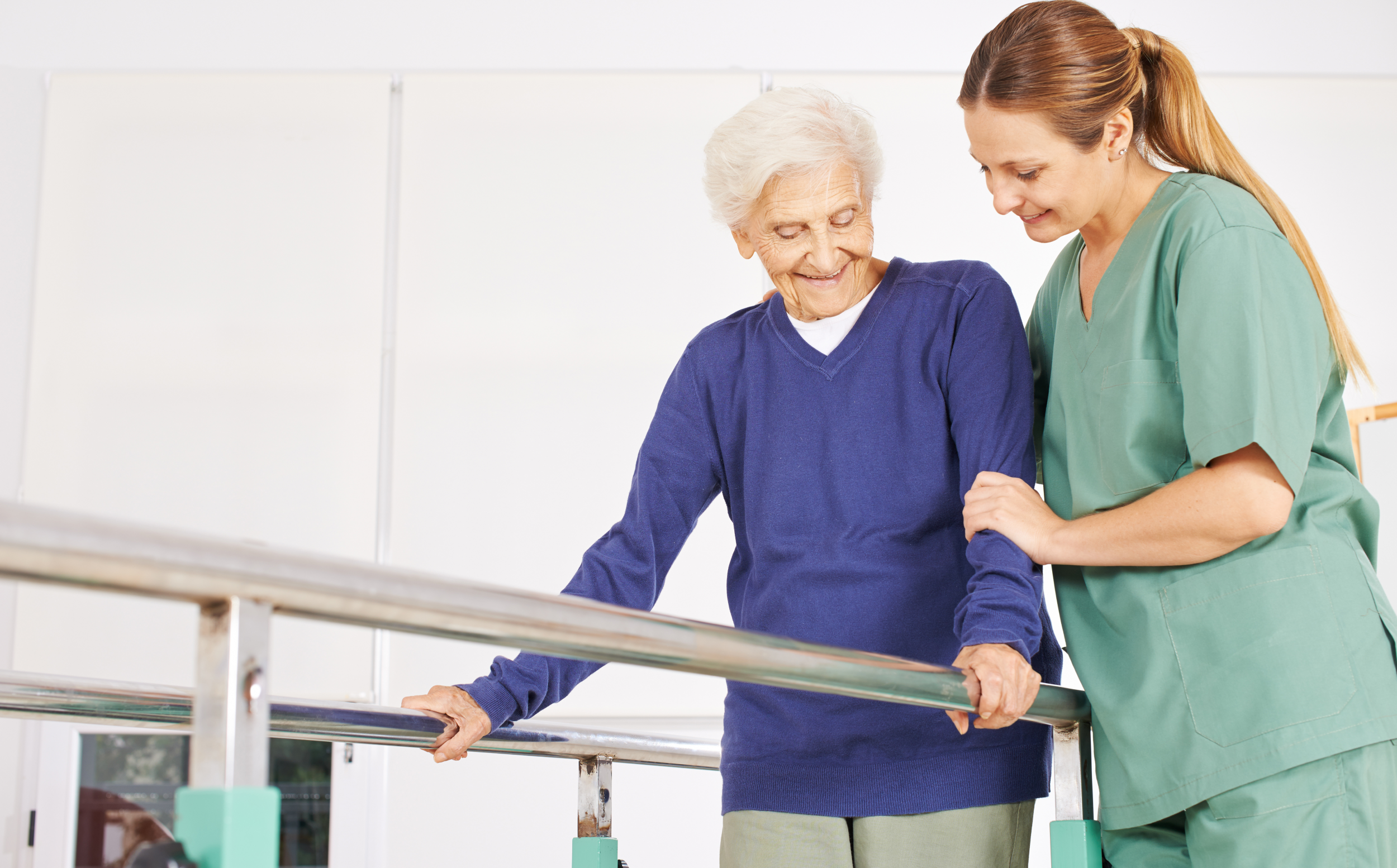The functional approach in physiotherapy.
When we think of physiotherapy, we often think of an orthopedic approach. The consultation is done following an injury, in order to be able to manage the pain and regain the mobility necessary for our activities.
When using physiotherapy with elderly clients or those with a loss of autonomy, it is preferable to recommend a functional approach. The following article will explain what it is and how it differs from what we know.
First of all, the primary objective of physiotherapy with a functional approach is to maintain or improve the physical capacities of the person to allow them to reach their highest level of autonomy. In other words, we want the person to be able to continue to be as independent as possible in everyday activities such as walking and using the stairs. To help this independence, in addition to exercises, professionals will teach and give recommendations on the use of different equipment in the home that will allow the client to maintain as much autonomy as possible. Finally, there is a very preventive aspect to the functional approach to physiotherapy. Professionals will work upstream with clients to avoid deconditioning and keep people at home for as long as possible in the best possible conditions.
A little different from what you know from physiotherapy, isn’t it? Don’t worry, this approach is more often found in hospitals or in CLSCs. That being said, as the population ages, it is increasingly important that this approach be known and widespread.
Typical case
It is important to consider that the geriatric clientele often comes to us with more severe damage to their physical capacities than the orthopedic clientele and that they often have underlying diagnoses. This is what an intervention might look like.
A 75-year-old woman decided to consult us after a fall that left her on the ground for several hours before someone found her in this position. During the telephone interview, we noticed some signs of confusion and the lady told us that she had difficulty standing for long periods of time.
During the interventions, here is what we will want to address:
- Reduce the risk of falls and resulting injuries
- Check the impact of cognitive disorders on learning and autonomy
- Improve the client’s muscle strength
- Improve the client’s balance
How are we going to do it?
First, we will make sure that their living environment is safe and that they meet their needs.
For example:
- Does the client have handrails for moving around the house?
- Does the client have a grab bar in the shower?
Then we will do an assessment of their general condition.
For example:
- Is the client in pain? (Where? During which activities?)
- In what context did the falls occur?
- Are the range of certain movements limited?
- Are there weaknesses in certain muscle groups?
- Does the client have balance issues?
- Does the client show signs of cognitive impairment and what are the impacts on learning and autonomy?
To continue, we will observe their physical abilities during various activities.
For example:
- Does the client have difficulty getting up from a chair?
- Does the client show difficulty in walking over different distances and surfaces?
- Does the client have difficulty going up or down the stairs?
- Does the client have difficulty getting in and out of the bath?
Finally, we will develop a treatment plan with the client to help her achieve her goals.
Since the client made the decision to consult us after being on the ground for several hours, the practice of “Floor Transfer Test” would probably be one of the first objectives set. In the form of exercises, the professional will demonstrate to the client the correct and safe way to get up from the ground in the event of a fall. They will have her practice the sequence of movements several times so that the client develops an automatism. This way, if the event recurs, the client can go through the sequence without thinking too much about it so that they can quickly call for help if needed. Additionally, in order to reduce the risk of falls, the professional will integrate balance and muscle strengthening exercises into the sessions. If cognitive disorders are present, the professional will adapt their approach to adequately meet the client’s needs. They will refer her if necessary.
Full autonomy is not necessarily the goal. Regardless of physical abilities, the goal is to optimize them so that each person can enjoy the best possible quality of life. The functional approach in physiotherapy promotes the maintenance of dignity and abilities for all.
Sarah Morin Owner/Physical Rehabilitation Therapist






